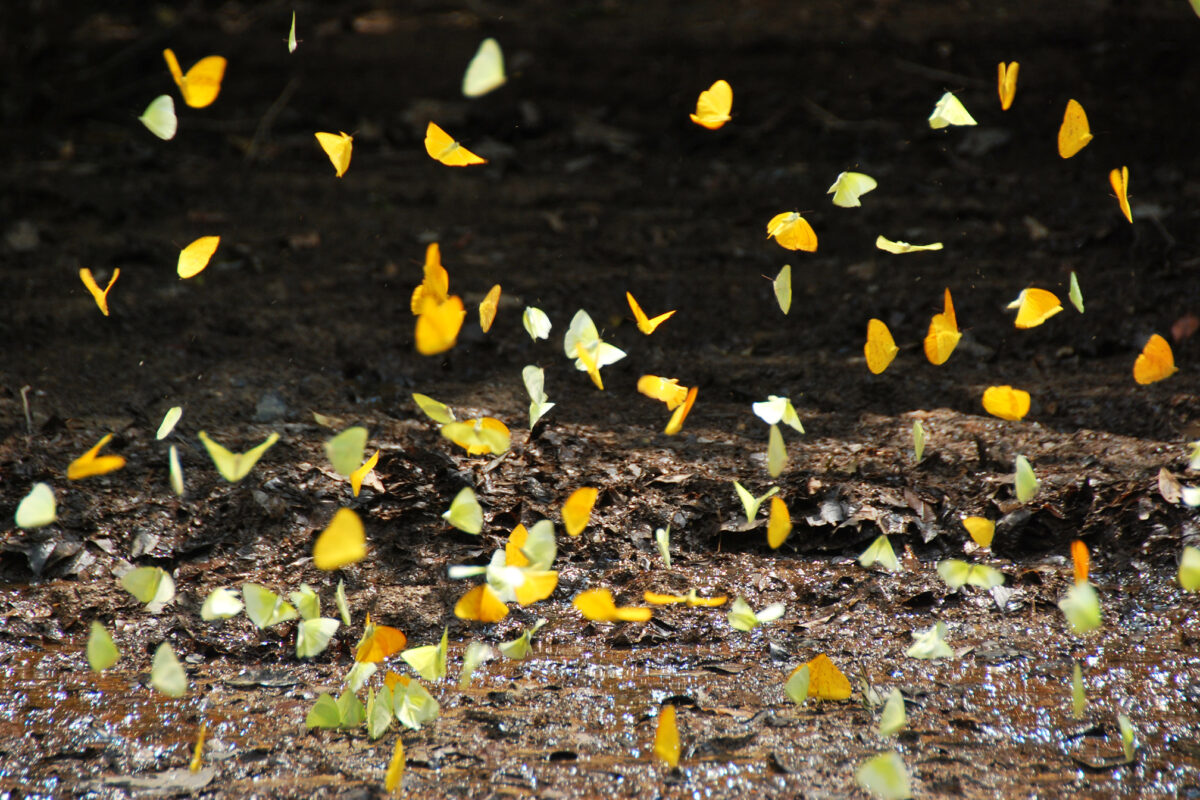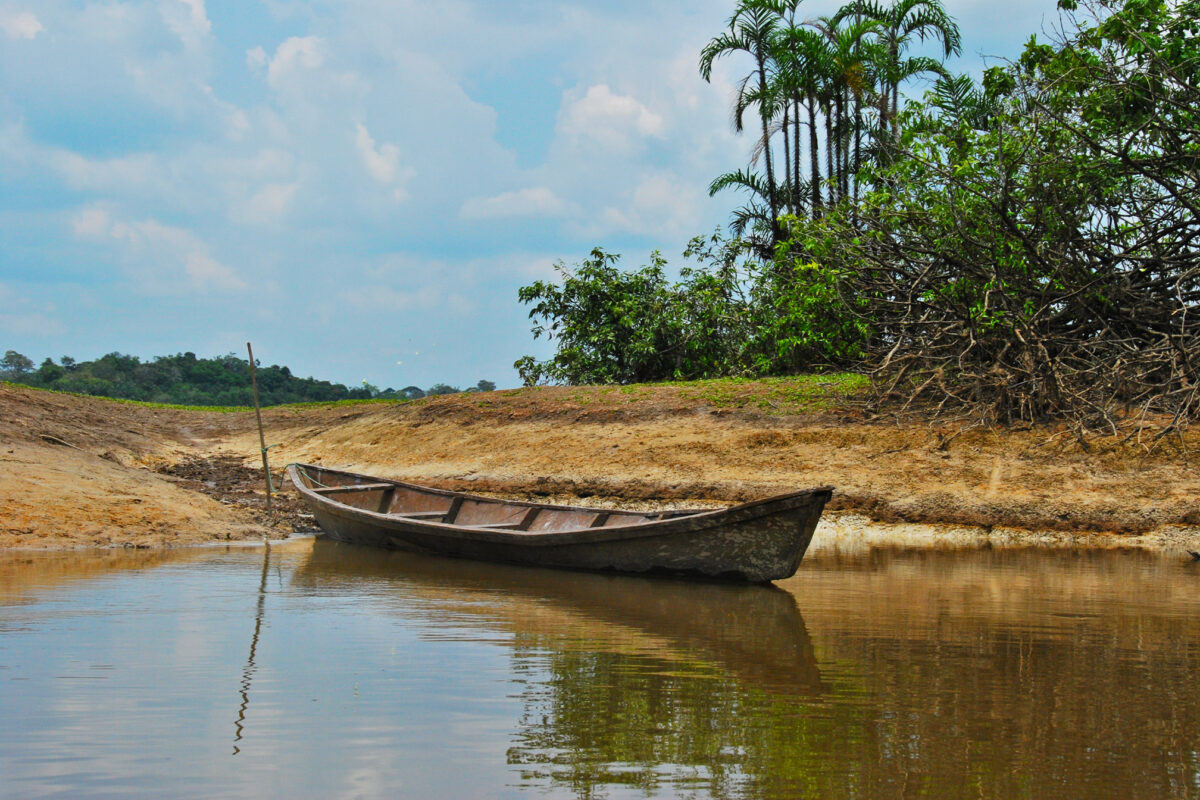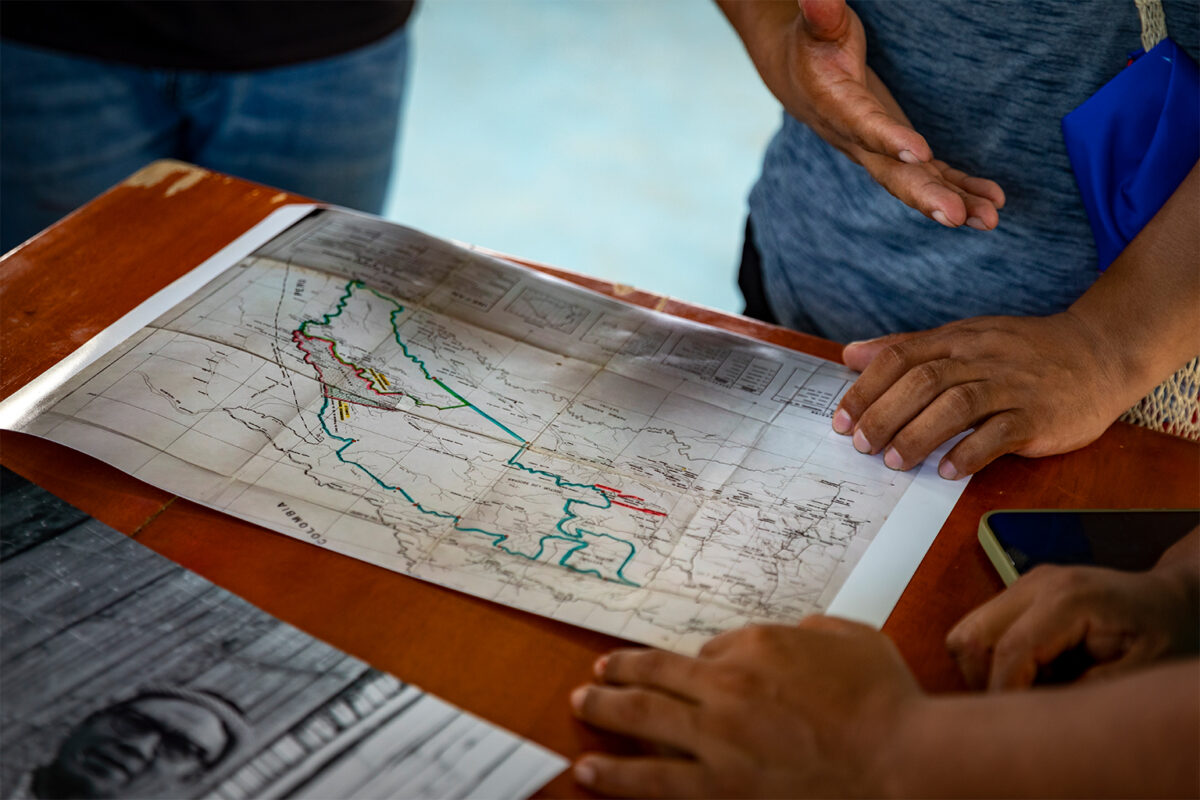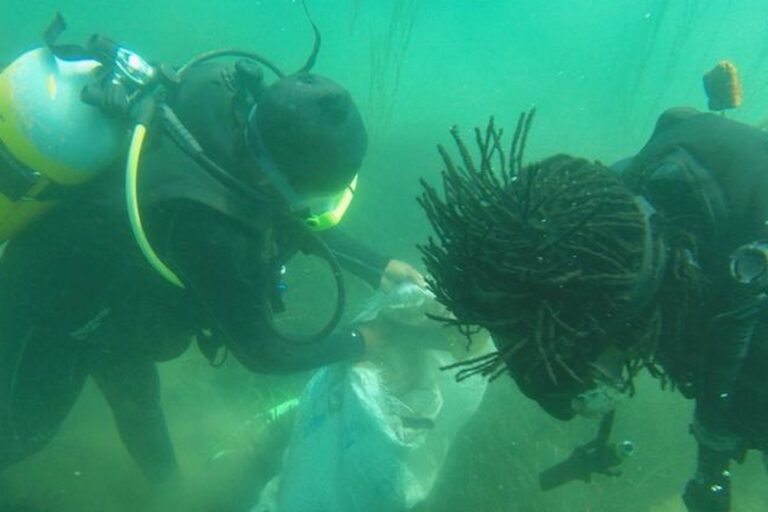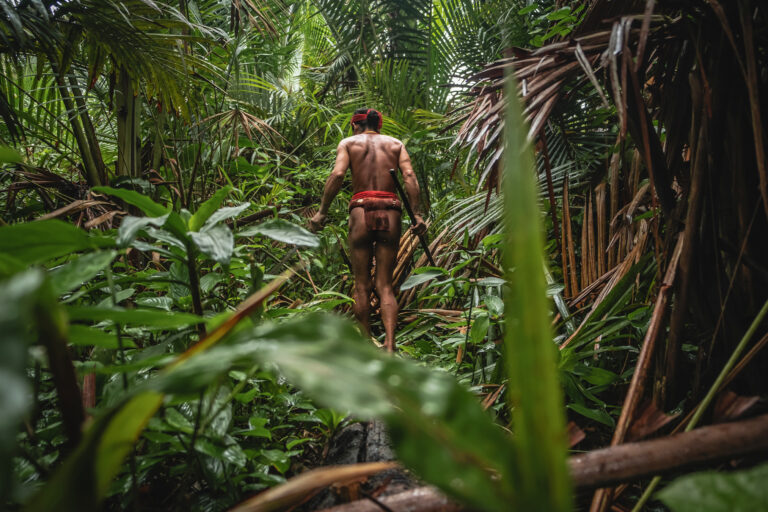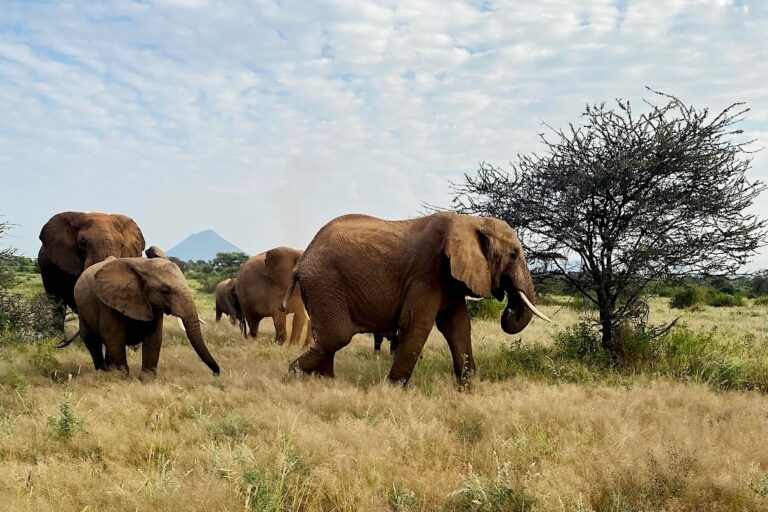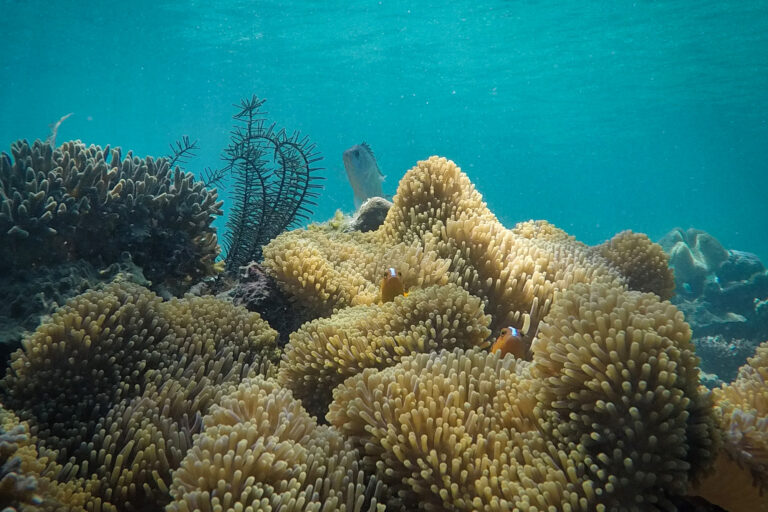Emerging (disease) markets
Emerging (disease) markets
Wildlife Conservation Society
August 15, 2007
Instead of attacking wild birds for our new disease problems, a far more cost effective approach should focus on keeping wild animals separate in the places where they often commingle: in wildlife markets and international trade, according to wildlife health experts from the Wildlife Conservation Society (WCS) and the United Nations’ Food and Agriculture Organization (FAO) in a recent issue of the prestigious Journal of Wildlife Diseases.
“This is an ounce of prevention that we really need to use in trading hubs where human commerce of wild animals allows for the spread of diseases,” said Dr. William Karesh, director of the Wildlife Conservation Society’s Field Veterinary Program and lead author of the peer-reviewed paper titled âImplications of wildlife trade on the movement of avian influenza and other infectious diseases.’ “The wildlife trade, and markets in particular, serve as very dirty mixing bowls for diseases. We can significantly reduce the threat of avian flu and other emerging diseases by decreasing contact among different animal species in markets and thus giving pathogens fewer opportunities to mutate and spread.”
In the paper, Karesh and his co-authors point out birds and other animals moving through wildlife markets give pathogens a chance to jump into new species and geographic regions via the global trade in wildlife. For example, two instances of highly pathogenic avian influenza traveling vast distances in bird hosts include two mountain hawk eagles that were illegally smuggled from Thailand to Belgium and wild songbirds shipped from Taiwan to the United Kingdom. Besides direct health effects, disease outbreaks damage regional and global economies by destabilizing trade. Disease outbreaks such as SARS, Nipah virus and others are thought to have cost some $80 billion in economic damage. Efforts to control avian influenza, such as a culling of 140 million chickens in Asia entailed a significant cost and in developing countries, a terrible loss of food and income for families dependent on those animals.
Some of these impacts could be greatly reduced by directing attention to wildlife markets and trade where many pathogenic problems originate. Preventing the spread of pathogens among animal species will require either banning trade or extending the current regulatory frameworks used in the trade in domestic animals to the wildlife trade, which largely lacks regulations and monitoring in many countries. Control strategies at these trade hubs would include:
- Strengthening and enforcing of disease-control and trade regulations
- Developing and implementing quarantine procedures
- Shifting the costs of controlling outbreaks to the animal suppliers and vendors
- Ending trade that is unsustainable.
“Preventing the spread of the next potential pandemic could depend on closing the valves through which pathogens currently flow,” said Martin Gilbert, a WCS veterinarian currently studying diseases in wildlife markets in Asia. “There is a sound basis for the tight restrictions on trade of livestock and sadly, those concepts have not been recognized for wildlife.”
Controlling Wildlife Trade Key to Preventing Disease Outbreaks, Study Says. NEW YORK, NY – According to a study by the New York-based Wildlife Conservation Society, controlling the movements of wildlife in markets is a cost-effective means of keeping potential deadly pandemics such as SARS and influenza from occurring. The study appears in the July edition of the journal Emerging Infectious Diseases. The cost of controlling the spread of diseases afflicting both human and animal populations has reached hundreds of billions of dollars globally.
Ebola, SARS battle requires new look at humans, livestock, and wildlife relationships. The threat of potential pandemics such as Ebola, SARS, and avian influenza demands a more holistic approach to disease control, one that prevents diseases from crossing the divide between humans, their livestock, and wildlife, according to a report in the journal Foreign Affairs. This “One World, One Health” concept, as described by Wildlife Conservation Society (WCS) veterinary staff, calls for the integration of efforts to deal proactively with disease threats to human and animal health before they reach crisis levels.
Avian flu vaccine under development with help of WCS. Avian influenza virus samples collected from wild birds in Mongolia by field veterinarians from the New York City-based Wildlife Conservation Society (WCS) have been selected by the World Health Organization to be part of a new human pandemic influenza vaccine currently in development. The samples, collected in the midst of an outbreak in August killing wild ducks, geese and swans in northern Mongolia have unique genetic characteristics which make them a valuable addition to a human vaccine based on a variety of strains of influenza.
“Bushmeat” link to SARS outbreak confirmed. Chinese scientists say they have found a genetic link between SARS in civet cats, a racoon-like animal eaten as a delicacy in China, and humans.
Now identified as likely origin of SARS; will bats be killed in China?. The likely source of the respiratory disease SARS is the horseshoe bat, a new study in the journal Science suggests. Researchers found a virus closely related to the SARS coronavirus in bats from three regions of China. The 2003 SARS outbreak killed 770 people and caused billions in economic damage.


